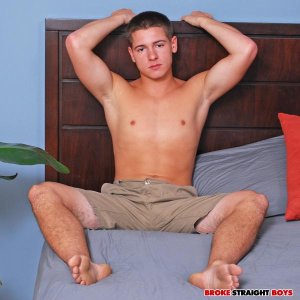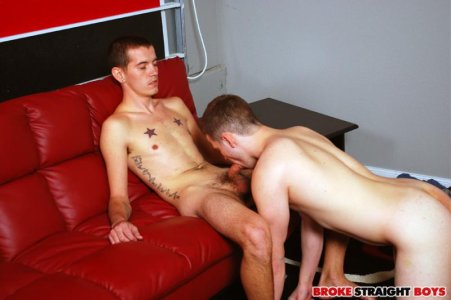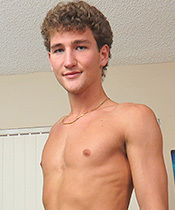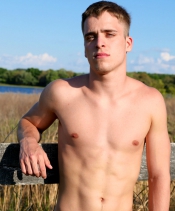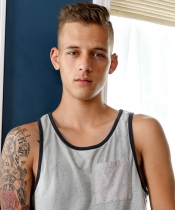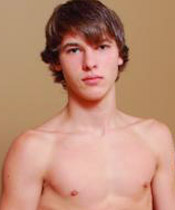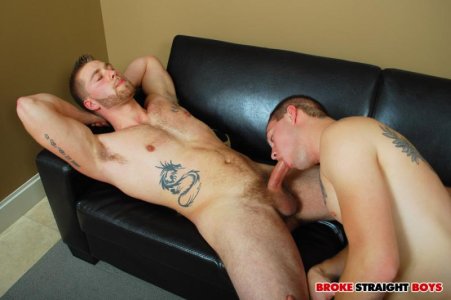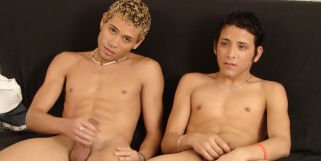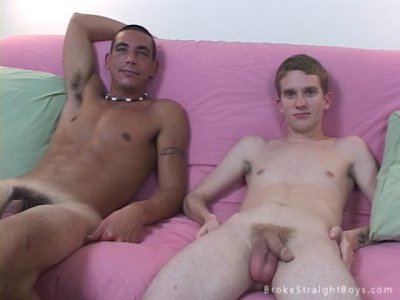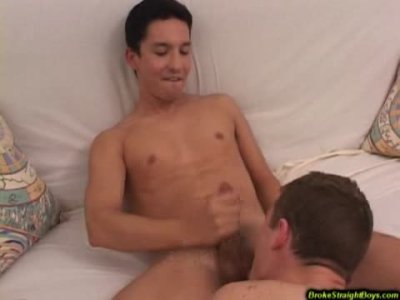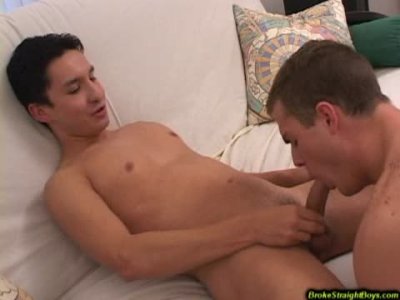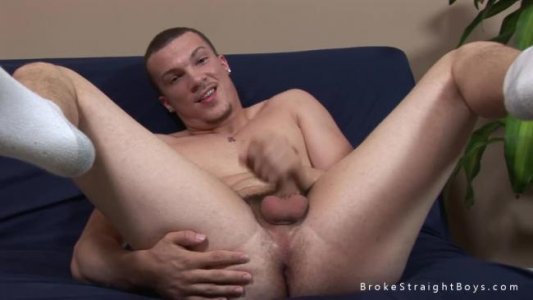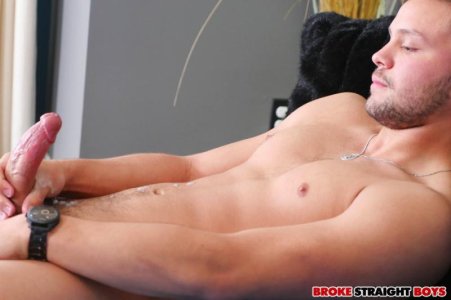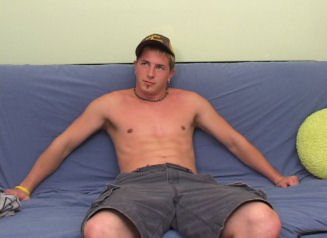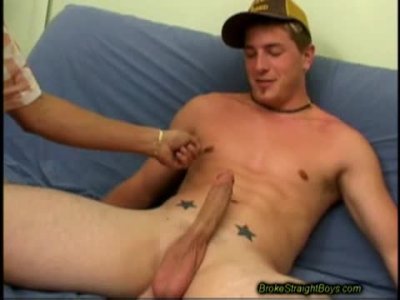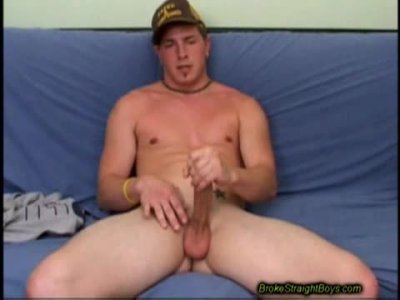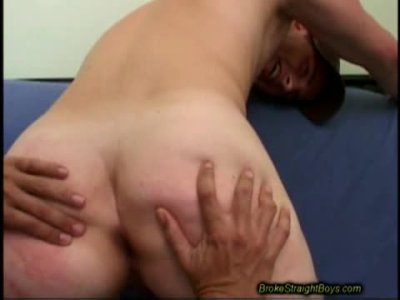...I tried to think of other “one and doners”.
In chronological order.
Dan White - October 2012
Dan did just a solo, a very highly rated one still at 4.67
View attachment 61753
I remember being very intrigued by
Dan White and wondering if he could be another great
Broke Straight Boys model in the mold of
Paul Canon. But it wasn't meant to be. haha
For some of us who have been here forever (lol) may recall... There were some members in here who were quite upset and seemingly almost offended by Dan's choice of a stage name. I'm sure the model Dan and those at
Broke Straight Boys thought nothing of such a plain, innocuous sounding stage name. But it turns out to be a very loaded name, with lots of unpleasant baggage for gays of a certain generation. Especially for those gays living or having lived out West in the late 70's.
Unfortunately
Dan White is the same name of the guy who assassinated San Francisco Mayor George Moscone and the first elected openly gay San Francisco Supervisor, Harvey Milk in 1978. There was national outrage over the verdict in White's criminal trial. Especially in the gay community. This was the first time that the infamous term of the "Twinkie defense" and the consumption of junk food as an alleged contributing factor in "diminished capacity" made its way into national conversation.
******************************************************************************
Her are a few excerpts from Wiki:
San Francisco Mayor George Moscone and San Francisco Supervisor Harvey Milk were shot and killed in San Francisco City Hall by former Supervisor
Dan White on November 27, 1978. White was angry that Moscone had refused to reappoint him to his seat on the Board of Supervisors, from which he had just resigned, and that Milk had lobbied heavily against his reappointment. These events helped bring national notice to then-Board President Dianne Feinstein, who became the first female mayor of San Francisco and eventually U.S. Senator for California.
White was subsequently convicted of voluntary manslaughter, rather than first-degree murder. The verdict sparked the "White Night riots" in San Francisco, and led to the state of California abolishing the diminished capacity criminal defense. It also led to the urban legend of the "Twinkie defense", as many media reports had incorrectly described the defense as having attributed White's diminished capacity to the effects of sugar-laden junk food.[2][3] White committed suicide in 1985, a little more than a year after his release from prison.
On November 18, [1978] news broke of the mass deaths of members of Peoples Temple in Jonestown. Prior to the group's move to Guyana, Peoples Temple had been based in San Francisco, so most of the dead were recent Bay Area residents, including Leo Ryan, the United States Congressman who was murdered in the incident. The city was plunged into mourning, and the issue of White's vacant Board of Supervisors seat was pushed aside for several days.[6]
[A kind and gentle warning that this section below is very graphic. So if you prefer to stay away from some of the violent and gorier details, you can just skip down to the last part about White's trial and its aftermath.]
The Assassinations
George Moscone
Moscone ultimately decided to appoint Don Horanzy, a more liberal federal housing official, rather than reappoint White. On Monday, November 27, 1978, the day Moscone was set to formally appoint Horanzy to the vacant seat, White had an unsuspecting friend drive him to San Francisco City Hall. He was carrying a five-round .38-caliber Smith & Wesson Model 36 Chief's Special loaded with hollow-point bullets,[1] his service revolver from his work as a police officer, with ten extra rounds of ammunition in his coat pocket. White slipped into City Hall through a first floor window, avoiding the metal detectors. He proceeded to the mayor's office, where Moscone was conferring with Willie Brown.[7]
White requested a meeting with the mayor and was permitted to meet with him after Moscone's meeting with Brown ended. As White entered Moscone's outer office, Brown exited through another door. Moscone met White in the outer office, where White requested again to be reappointed to his former seat on the Board of Supervisors. Moscone refused, and their conversation turned into a heated argument over Horanzy's pending appointment.[8]
Wishing to avoid a public scene, Moscone suggested they retreat to a private lounge adjacent to the mayor's office, so they would not be overheard by those waiting outside. As Moscone lit a cigarette and proceeded to pour two drinks, White pulled out the revolver. He then fired shots at the mayor's shoulder and chest, tearing his lung. Moscone fell to the floor and White approached Moscone, pointed his gun 6 inches (150 mm) from the mayor's head, and fired two additional bullets into Moscone's ear lobes, killing him instantly.[9] While standing over the slain mayor, White reloaded his revolver. Witnesses later reported that they heard Moscone and White arguing, later followed by the gunshots that sounded like a car backfiring.[10][11]
Supervisor Harvey Milk
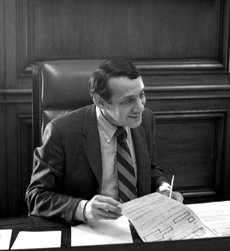
Dianne Feinstein, who was then President of the San Francisco Board of Supervisors, saw White immediately exit Mayor Moscone's office from a side door and called after him. White sharply responded with "I have something to do first."[9]
White proceeded to his former office, and intercepted Harvey Milk on the way, asking him to step inside for a moment. Milk agreed to join him.[12] Once the door to the office was closed, White positioned himself between the doorway and Milk, pulled out his revolver and opened fire on Milk. The first bullet hit Milk's right wrist as he tried to protect himself. White continued firing rapidly, hitting Milk twice more in the chest, then fired a fourth bullet at Milk's head, killing him, followed by a fifth shot into his skull at close range.[13]
White fled the scene as Feinstein entered the office where Milk lay dead. She felt Milk's neck for a pulse, her finger entering a bullet wound.[14] Horrified, Feinstein was shaking so badly she required support from the police chief after identifying both bodies.[15] Feinstein then announced the murders to a stunned public, stating: "As President of the Board of Supervisors, it's my duty to make this announcement. Both Mayor Moscone and Supervisor Harvey Milk have been shot and killed. The suspect is Supervisor
Dan White."[16][17][18]
White left City Hall unchallenged and eventually turned himself in to Frank Falzon and another detective, former co-workers at his former precinct. He then recorded a statement in which he acknowledged shooting Moscone and Milk, but denied premeditation.[19]
Trial and its aftermath
White was charged with first-degree murder with special circumstance, a crime which potentially carried the death penalty. White's defense team claimed that he was depressed at the time of the shootings, evidenced by many changes in his behavior, including changes in his diet. Inaccurate media reports said White's defense had presented junk food consumption as the cause of his mental state, rather than a symptom of it, leading to the derisive term "Twinkie defense"; this became a persistent myth, despite the fact that defense lawyers both had not argued junk food caused him to commit the shootings and had only mentioned Twinkies in passing. Rather, the defense argued that White's depression led to a state of mental diminished capacity, leaving him unable to have formed the premeditation necessary to commit first-degree murder. The jury accepted these arguments, and White was convicted of the lesser crime of voluntary manslaughter.[21]
The verdict proved to be highly controversial, and many felt that the punishment so poorly matched the deed and circumstances that most San Franciscans believed White essentially got away with murder.[22] In particular, many in the gay community were outraged by the verdict and the resulting reduced prison sentence. Since Milk had been homosexual, many felt that homophobia had been a motivating factor in the jury's decision. This groundswell of anger sparked the city's White Night riots.[21]
The unpopular verdict also ultimately led to changes by the legislature in 1981 and statewide voters in 1982 that ended California's diminished-capacity defense and substituted a somewhat different and slightly more limited "diminished actuality" defense.[23]
Source:
https://en.wikipedia.org/wiki/Moscone–Milk_assassinations